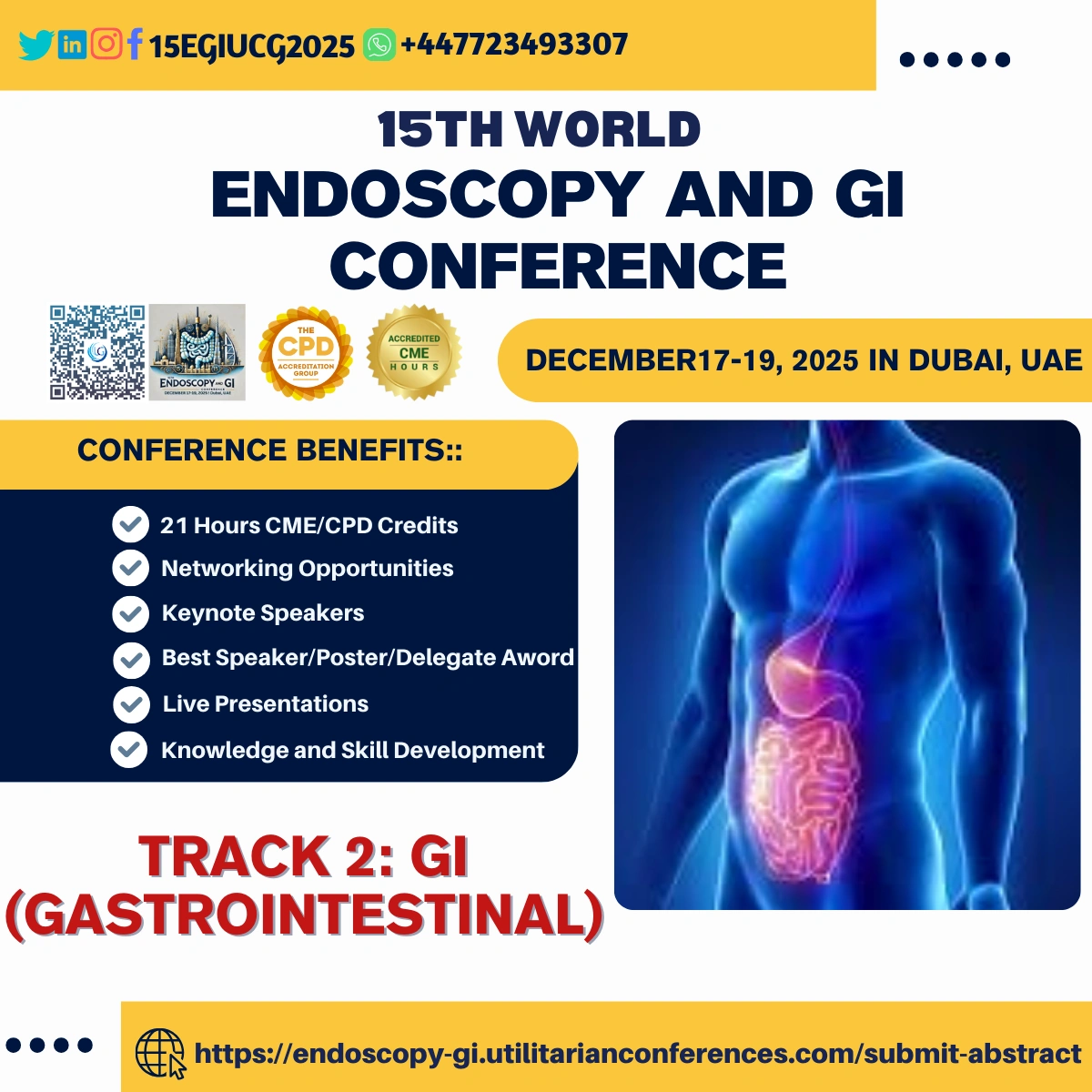Role of Endoscopy in Chronic GI Disorders refers to the use of endoscopic procedures for diagnosing, monitoring, and managing long-term or persistent gastrointestinal (GI) conditions. Endoscopy plays a crucial role in evaluating the gastrointestinal tract, identifying abnormalities, and providing therapeutic interventions. Chronic GI disorders often require ongoing assessment, and endoscopy offers a minimally invasive way to both visualize and treat underlying issues.
Key Roles of Endoscopy in Chronic GI Disorders:
Diagnosis of Chronic GI Conditions
- Chronic Inflammatory Bowel Disease (IBD): Conditions such as Crohn’s disease and ulcerative colitis often require endoscopy to assess the extent of inflammation, determine disease activity, and identify complications (e.g., strictures, ulcers).
- Colonoscopy is the most commonly used endoscopic tool for diagnosing and monitoring IBD.
- Gastroesophageal Reflux Disease (GERD): Endoscopy helps assess the severity of GERD by visualizing the esophagus and checking for complications such as esophagitis, strictures, Barrett's esophagus, or esophageal ulcers.
- Upper GI endoscopy (EGD) is used to detect these abnormalities and obtain biopsies.
- Chronic Peptic Ulcer Disease: Endoscopy can be used to evaluate the presence of ulcers in the stomach or duodenum, identify any bleeding, and monitor healing.
- Celiac Disease: Although celiac disease is diagnosed through blood tests, endoscopy with biopsy of the small intestine is critical to assess the extent of mucosal damage.
- Chronic Pancreatitis: In some cases, endoscopic ultrasound (EUS) or endoscopic retrograde cholangiopancreatography (ERCP) may be used to evaluate the pancreas and bile ducts for inflammation, calcifications, or blockages.
Monitoring Disease Progression
- Chronic GI conditions often require ongoing monitoring to assess disease progression, complications, and response to treatment.
- In Crohn’s disease, for example, endoscopy helps assess the degree of inflammation, detect new lesions, and monitor for complications like strictures or fistulas.
- Ulcerative colitis monitoring through endoscopy can help identify areas of the colon that are healing or still inflamed, aiding in treatment decisions.
- GERD and Barrett's Esophagus require periodic surveillance with endoscopy to monitor for progression and early detection of dysplasia or esophageal cancer.
Therapeutic Interventions
- Polypectomy: In patients with chronic inflammatory conditions like ulcerative colitis or certain familial conditions, endoscopy is used to remove polyps that might develop into cancer over time.
- Stricture Dilatation: Endoscopy is frequently used to treat complications such as strictures in patients with Crohn’s disease or other chronic GI disorders. Balloon dilation can help widen narrowed areas of the bowel or esophagus.
- Stenting: In cases of chronic GI obstruction (e.g., due to cancer or strictures), endoscopic stents can be placed to keep the passage open and improve symptoms.
- Endoscopic Therapy for Bleeding: For conditions like peptic ulcers or esophageal varices, endoscopy can be used for hemostasis through techniques like banding, clipping, or cauterization.
- Endoscopic Mucosal Resection (EMR) and Endoscopic Submucosal Dissection (ESD) can be used for the removal of early-stage cancer or precancerous lesions in the GI tract.
Biopsy and Histopathological Assessment
- Endoscopy allows for biopsy collection from abnormal tissues in the gastrointestinal tract to assess for malignancy, infection, or autoimmune disorders.
- For instance, Barrett’s esophagus requires biopsy samples to monitor for dysplasia, which could progress to esophageal cancer.
- Helicobacter pylori testing (in suspected peptic ulcer disease) can be done through biopsy during upper GI endoscopy.
- Celiac disease is diagnosed through biopsy of the small intestine, which can be obtained during endoscopy.
Screening and Preventive Care
- For patients with chronic GI disorders, endoscopy is used for screening purposes. For example, patients with chronic ulcerative colitis are at increased risk for colon cancer, and regular colonoscopy screenings are advised.
- Similarly, individuals with a family history of GI cancer or polyposis syndromes may undergo frequent screenings with endoscopy to detect early cancers or precancerous lesions.
Evaluation of Functional GI Disorders
- Irritable Bowel Syndrome (IBS) and other functional GI disorders often have normal endoscopic findings, but endoscopy can help exclude organic causes (e.g., cancer, IBD) and reassure the patient.
- In some cases, endoscopy can assess the presence of motility disorders, such as achalasia, or abnormalities in the esophagus or stomach that might contribute to symptoms.
Managing Complications of Chronic GI Disorders
- Chronic GI disorders such as IBD, chronic pancreatitis, or cirrhosis can lead to complications like strictures, fistulas, or bleeding that may require endoscopic intervention.
- Endoscopic Retrograde Cholangiopancreatography (ERCP) can help evaluate and treat issues related to the bile ducts or pancreas, such as obstruction or chronic pancreatitis.
- Barrett's Esophagus, which can develop due to chronic GERD, may need frequent surveillance with endoscopy to monitor for progression to esophageal cancer.
Patient Education and Management
- Endoscopy provides a clear visualization of the GI tract, which can be useful in explaining to patients the cause of their symptoms, disease progression, and treatment options.
- It also allows for discussion about the importance of medication adherence, lifestyle changes, and regular follow-ups in managing chronic GI conditions.
Conclusion
Endoscopy is a crucial tool in the diagnosis, management, and monitoring of chronic GI disorders. It helps gastroenterologists evaluate the severity and extent of disease, guide treatment decisions, perform therapeutic interventions, and provide ongoing surveillance. With its minimally invasive nature, endoscopy improves the quality of life for patients with chronic GI conditions, offering a combination of diagnostic and therapeutic benefits.
Sub Topic: Introduction to Chronic GI Disorders and the Need for Endoscopy, Endoscopy for Diagnosing Chronic Inflammatory Bowel Disease (IBD), Endoscopic Evaluation of Gastroesophageal Reflux Disease (GERD), Endoscopy in Chronic Peptic Ulcer Disease, Endoscopic Diagnosis of Celiac Disease, Role of ERCP in diagnosing and managing pancreatic duct obstructions, strictures, and stones, Frequency of endoscopic exams based on patient risk and disease status, Therapeutic Interventions via Endoscopy for Chronic GI Disorders, Biopsy and Histopathological Assessment in Chronic GI Conditions.





